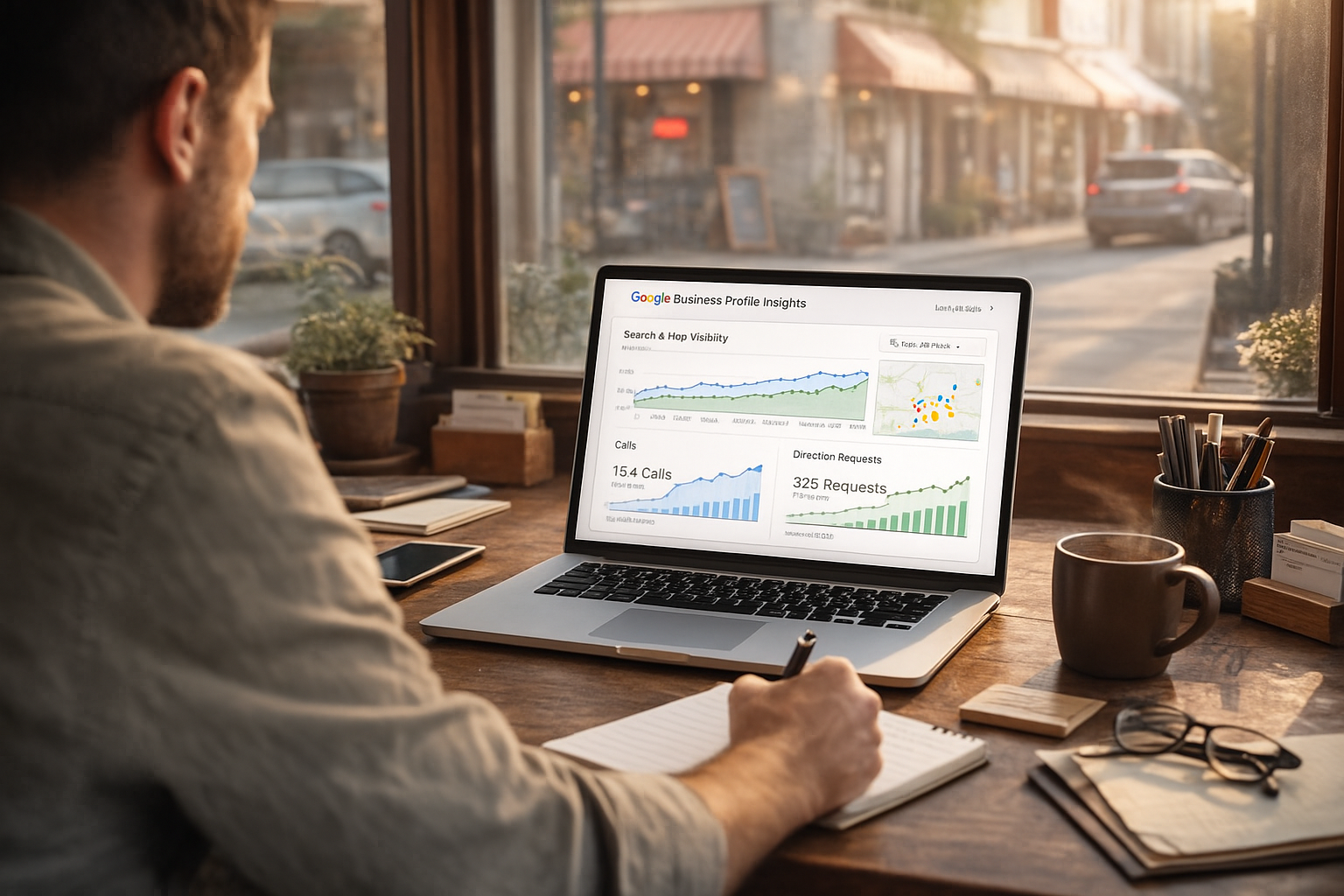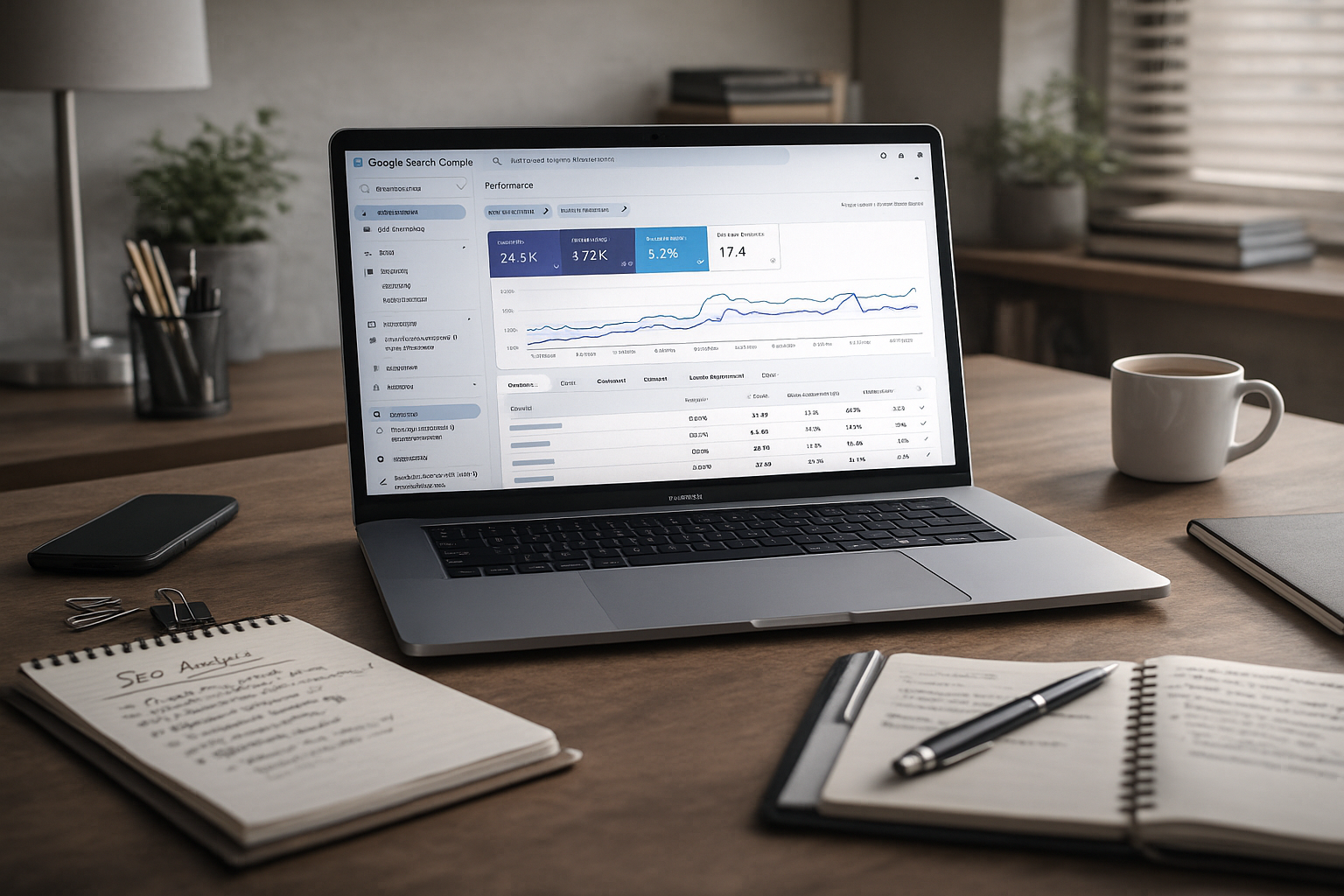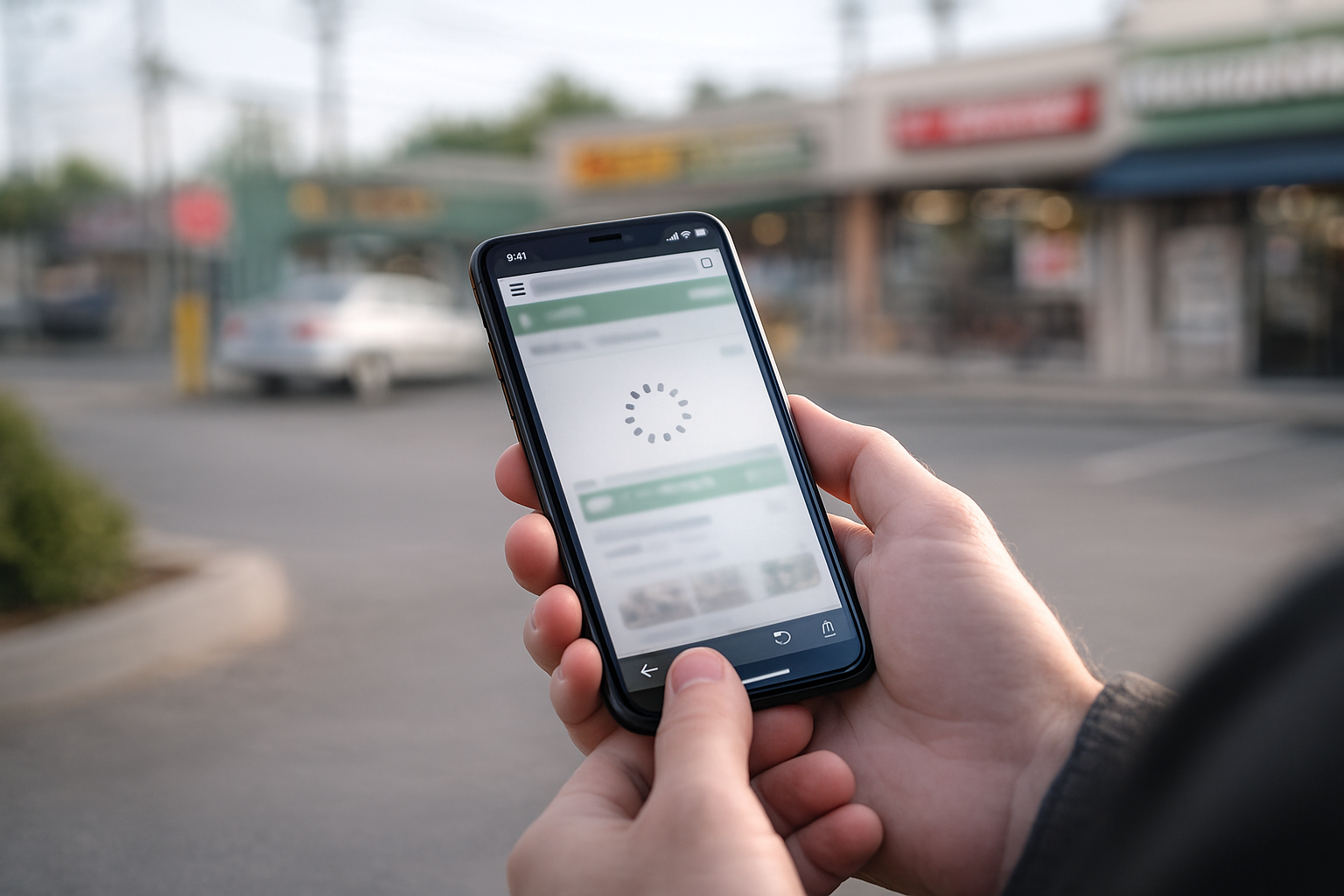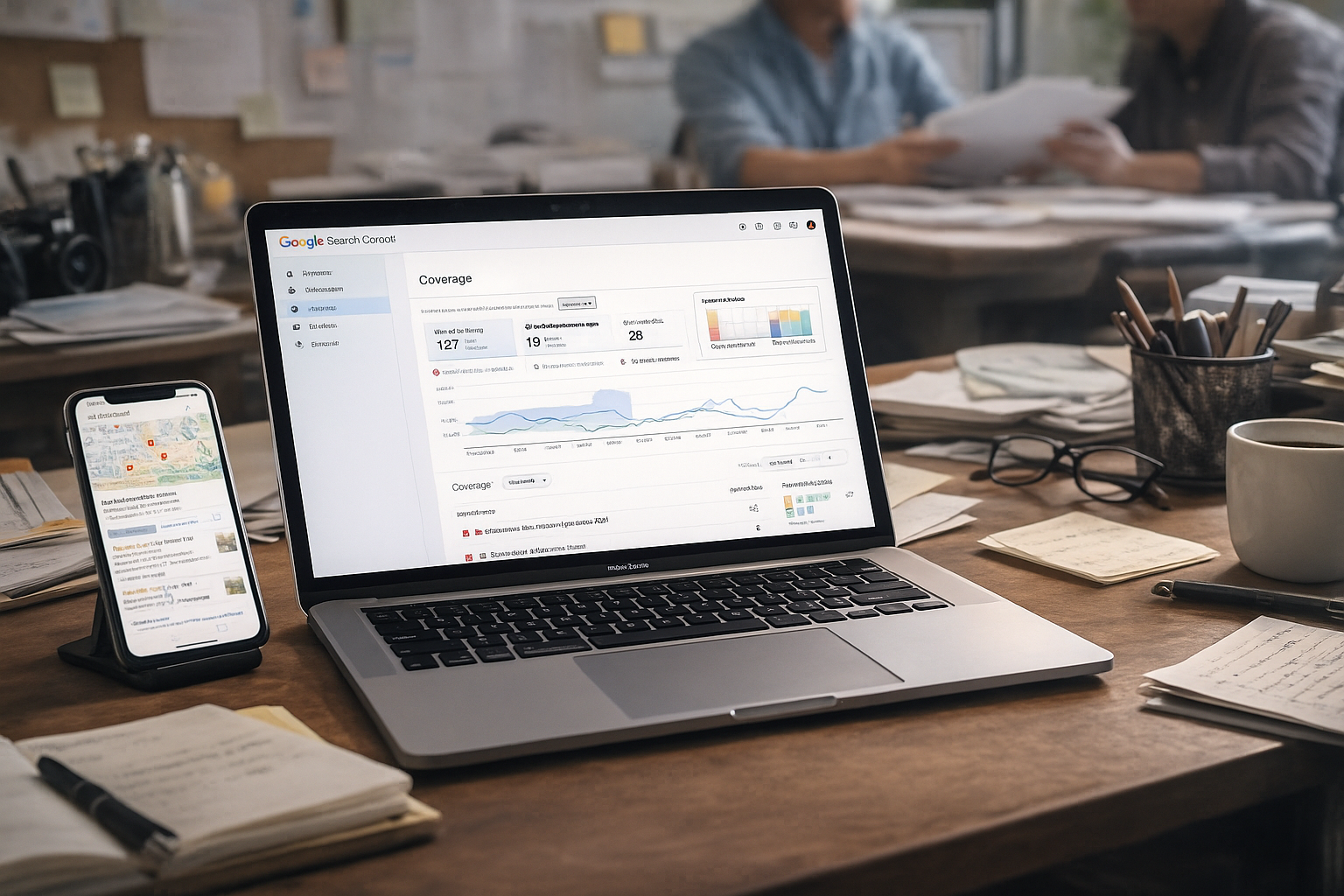Does GEO targeting boost CTR?
GEO targeting, or geographic targeting, is a powerful digital marketing tactic that delivers content or advertisements based on the user’s location. In a world saturated with generic ads, relevance is the name of the game—GEO targeting enables brands to reach consumers exactly where they are, when it matters most. As businesses continue to shift toward data-driven strategies, the question of whether GEO targeting can boost CTR has become central for marketers aiming to maximize their advertising ROI.
This blog explores the critical relationship between GEO targeting and click-through rates, examining why location-based marketing consistently yields stronger engagement and more meaningful interactions with target audiences. Drawing from industry data, expert insights, and actionable tips, these sections outline how, why, and when GEO targeting unlocks superior CTR, making it a must-have for businesses of all sizes.
What Is GEO Targeting?
GEO targeting is a marketing method that customizes content, ads, or offers based on a user’s geographic location. This location can be as broad as a country or as specific as a city, zip code, or even a street address through advanced techniques like geofencing. By using real-time location data, marketers can display messages that feel timely and relevant, greatly increasing the chance of a user clicking on an ad or link.
For instance, GEO targeting lets a restaurant advertise lunchtime specials only to people within a two-mile radius during lunch hours. It leverages IP addresses, GPS data, Wi-Fi, and even mobile device signals to determine user location. This method differs dramatically from traditional “one size fits all” marketing, which typically results in wasted ad spend and lower engagement. Through GEO targeting, messages become personal, relevant, and actionable—key ingredients for boosting CTR.
How GEO Targeting Directly Impacts CTR
The relationship between GEO targeting and CTR is backed by compelling data from multiple industries. Studies consistently show that campaigns using GEO targeting report click-through rates 20% higher than those using non-targeted or broader approaches. For e-commerce businesses, geo-targeted ads can achieve click-through rates of 2-5%, far outpacing the 0.5-1.5% rates of standard campaigns.
The secret sauce is relevance. When users see ads tailored to their immediate context—local events, weather, or nearby deals—they are more likely to perceive the message as valuable and trustworthy. As a result, not only do more users click on ads, but conversion rates and ROI also improve, multiplying the return from your marketing spend.
The Psychology Behind Increased Engagement
GEO targeting works because it taps into psychological triggers. People are naturally drawn to content that feels familiar and useful. A user in Seattle is far more likely to engage with an ad about rain boots than a generic footwear offer. Similarly, event-based GEO targeting (such as ads for nearby concerts or festivals) creates a sense of urgency and relevance.
By speaking the “local language” and addressing issues specific to each region, marketers build trust and foster a sense of community. This emotional connection encourages clicks and eventual conversions, while generic ads are more likely to be ignored or dismissed.
GEO Targeting and Local SEO Synergy
Local SEO and GEO targeting go hand-in-hand, working together to dramatically increase both CTR and conversion rates. When local landing pages and content are optimized using geo-targeted keywords, search engines are better able to match users with relevant results. This increases organic CTR as businesses appear in both paid and organic positions for high-intent, location-based queries.
Moreover, search engines like Google prioritize local results: a third of mobile searches have local intent, indicating the importance of location-based relevance in today's search landscape. By investing in both GEO targeting and robust local SEO, businesses can dominate highly competitive search environments and secure more clicks from qualified leads.
Cost Efficiency and Lower Ad Waste
Another major benefit of GEO targeting is cost efficiency, which indirectly boosts CTR by ensuring budgets are spent wisely. When ads are shown only to those within a specific service area, unnecessary impressions (and clicks) from unqualified users are minimized. This focus drives down cost-per-click (CPC) and cost-per-acquisition (CPA), letting marketers achieve more with smaller budgets and less wasted ad spend.
With GEO targeting, campaigns can also be dynamically adjusted in real-time based on performance in various regions. By reallocating spend toward top-performing locations, marketers keep CTR high and maximize their marketing ROI.
Real-Time Personalization and Mobile Optimization
GEO targeting shines in mobile advertising, where context and immediacy matter most. As users are constantly on the move, location-based campaigns can serve real-time offers—think a discount push notification as someone passes by a store—greatly increasing the likelihood of clicks. Real-time data empowers brands to adapt messaging instantly, capitalizing on user intent and proximity to drive both web and foot traffic.
By leveraging mobile-centric GEO targeting, businesses enhance engagement, win the attention of high-intent audiences, and drive up mobile CTR—a key growth area in digital marketing today.
Data-Driven Insights: Measuring and Optimizing GEO Campaigns
Tracking
geographic performance is fundamental to maximizing CTR with GEO targeting. Marketers should regularly analyze location-based click data to identify which regions, cities, or neighborhoods deliver the highest engagement. This enables continuous refinement of campaigns, A/B testing of localized messaging, and data-driven investment in proven markets.
Advanced metrics—such as bounce rate, time on site, and local conversion rates—complement CTR measurements and help diagnose areas for improvement. This feedback loop drives an ongoing cycle of optimization, keeping engagement numbers high and marketing dollars well spent.
GEO Targeting for Brick-and-Mortar and E-Commerce Alike
GEO targeting is not solely for online retail—it also delivers tremendous benefits for brick-and-mortar locations. Local promotion campaigns, geofencing around physical stores, and event-targeted ads can boost both foot and web traffic. Retailers, service providers, and hospitality businesses all leverage location-based messaging to alert nearby potential customers to special offers, grand openings, or seasonal deals.
In e-commerce, location data informs personalized shipping messages (“Free 2-day shipping to Boston!”), regional discounts, and customized landing pages. Both online and offline businesses report meaningful lifts in CTR when campaigns are adapted for regional specificity.
Overcoming Challenges and Avoiding Pitfalls
Like any marketing strategy, GEO targeting presents some challenges. The most common include inaccurate user location data, click fraud, and accidentally targeting too broad or too narrow a region. Smart marketers combat these issues by regularly auditing campaign settings, using robust anti-fraud software, and continually monitoring and testing for effectiveness.
Personalization must also be balanced with privacy—being “creepy” with over-personalization can damage trust and suppress clicks. Always respect user permissions, and clearly communicate why location data is being used.
Advanced Applications: GEO Targeting and Generative Engine Optimization (GEO SEO)
The latest frontier is combining GEO targeting with Generative Engine Optimization (GEO SEO), which ensures that brands are properly represented across not only search engines but also AI-driven recommendation systems. This includes optimizing business listings, schema data, and hyper-local semantic content to appear in results from platforms like ChatGPT and Google’s Gemini.
For agencies like GetPhound, offering GEO SEO service ensures clients remain visible and competitive even as consumer search habits evolve. It delivers a multi-platform boost to both CTR and overall web presence.
Final analysis
In conclusion, GEO targeting is a proven method for boosting click-through rates across digital advertising, local SEO, and multi-channel campaigns. By delivering hyper-relevant, finely tuned messages to audiences based on real-time location data, marketers can significantly improve engagement, drive both web and foot traffic, and maximize return on ad spend. As digital competition intensifies, embracing GEO targeting—alongside emerging strategies like GEO SEO—ensures your business stands out, gets found, and continually grows in the era of precision marketing.












